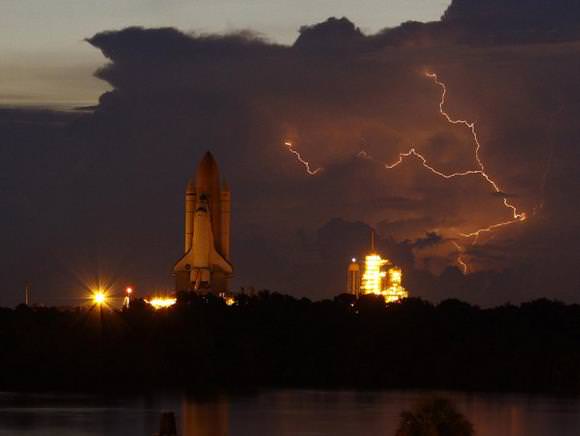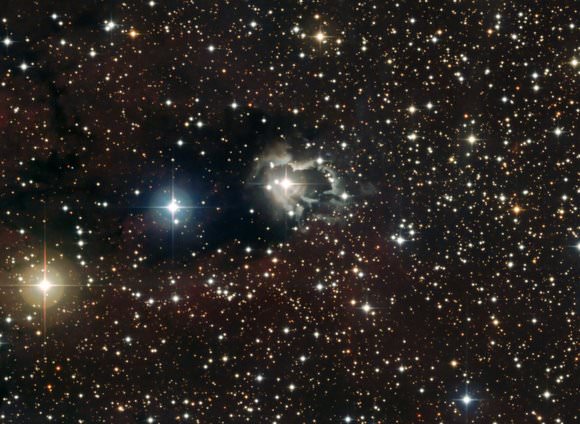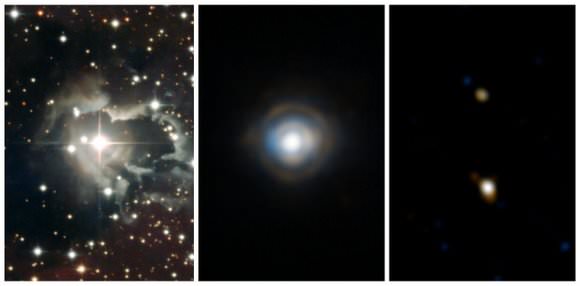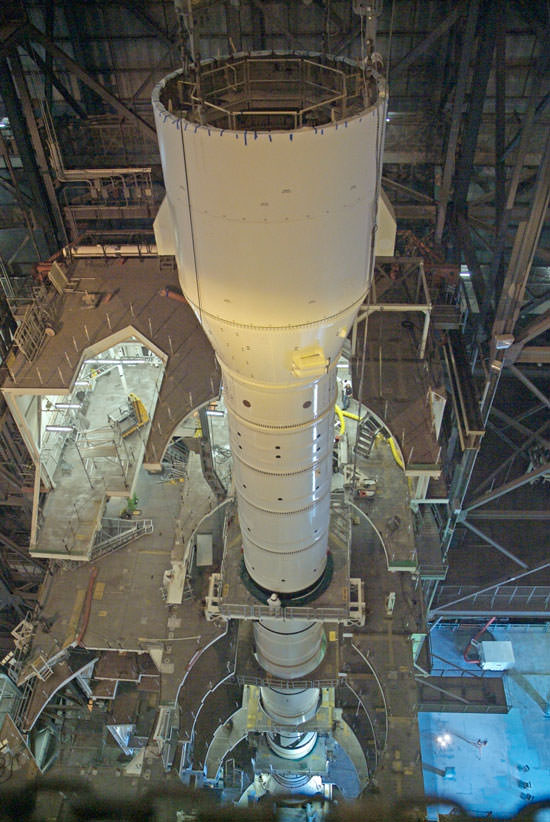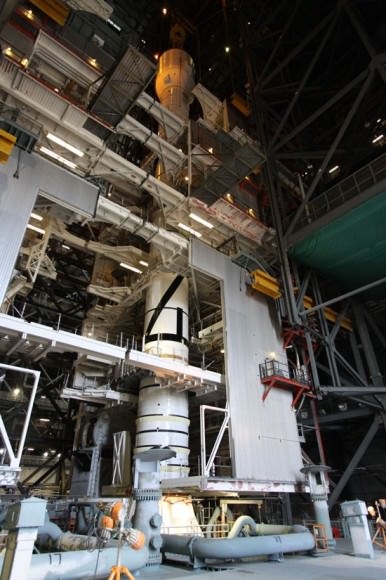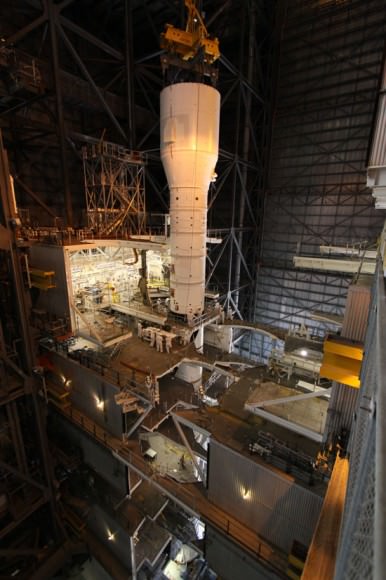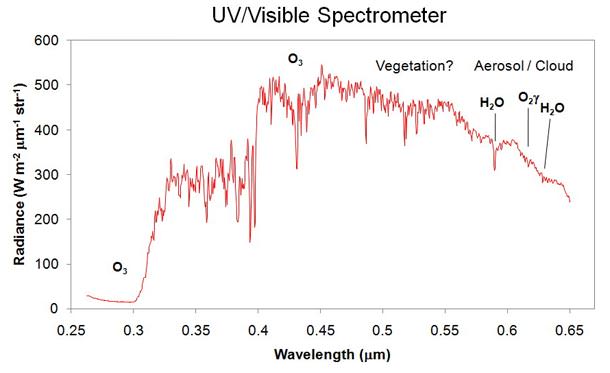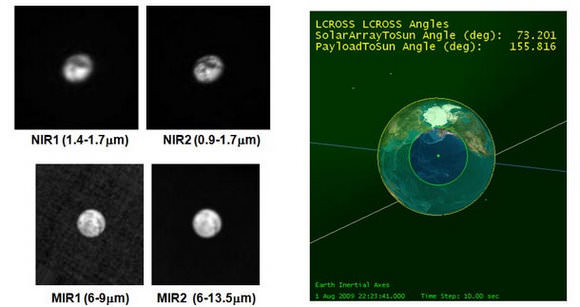[/caption]
Scientists call Venus Earth’s twin planet and for good reason. Our two planets are similar in size, mass, density, gravity, and composition. Of course, they have some enormous differences as well; differences that would kill you instantly if you tried to step foot on Earth’s twin planet. Earth’s evil twin planet, maybe.
Let’s look at the similarities first. For starters, the size of Venus is very close to Earth. The diameter of Venus is 12,103.6 km. That’s only 95% of the Earth’s diameter of 12,756.2 km. If you put the two planets side by side, you’d have a hard time telling which one’s bigger.
The volume of Venus is 85.7% the volume of Earth, and it has 90% of the Earth’s surface area. The mass of Venus is 81.5% the mass of the Earth, and even the force of gravity is only 90% of what you experience here on Earth.
The composition of the two planets is similar too. Both have metal cores surrounded by a mantle of silica rock, and then a thin crust. There are some differences here, though. Earth’s core has convection which generates the planetary magnetic field, while Venus doesn’t have a similar magnetic field. Earth has plate tectonics, which help release heat from within the planet, while Venus doesn’t.
But there are bigger differences. And this is where it’s better to consider Venus as an evil twin planet. The temperature of Venus across the whole planet is 461.85 °C. That’s hot enough to boil lead! Spacecraft from Earth have only lasted a couple of hours at maximum because of the incredible temperatures. In fact, Venus is the hottest planet in the Solar System.
And if the temperature isn’t bad enough, the air pressure is even worse. The atmospheric pressure on the surface of Venus is 93 times higher than what you’d experience on Earth. In fact, you’d have to travel a kilometer beneath the surface of the ocean to experience that kind of pressure. While Earth’s atmosphere is made up of oxygen and nitrogen with trace amounts of carbon dioxide, Venus’ atmosphere is 96.5% carbon dioxide with the rest nitrogen. It has clouds of sulphuric acid that rain down to add to the planet’s lethality.
Earth has vast reserves of water, while Venus is almost completely dry. There are no reserves of water on the surface of Venus, and just a trace amount of water in its atmosphere. Because Venus doesn’t have a global magnetic field, it’s constantly pummeled by the Sun’s solar wind, which strips the lightest elements out of its atmosphere. Satellites have detected a constant stream of hydrogen atoms streaming away from Venus, lost from the planet forever.
And just one last difference, Earth has the Moon, but Venus has no moons. It might have had a moon in the past, but it’s believed to have crashed into the planet a long time ago.
We have written many articles about Venus for Universe Today. Here’s an article about Venus’ wet, volcanic past, and here’s an article about how Venus might have had continents and oceans in the ancient past.
Want more information on Venus? Here’s a link to Hubblesite’s News Releases about Venus, and here’s a link to NASA’s Solar System Exploration Guide on Venus.
We have recorded a whole episode of Astronomy Cast that’s only about planet Venus. Listen to it here, Episode 50: Venus.
References:
NASA Solar System Exploration: Venus
NASA Solar System Exploration: Earth

